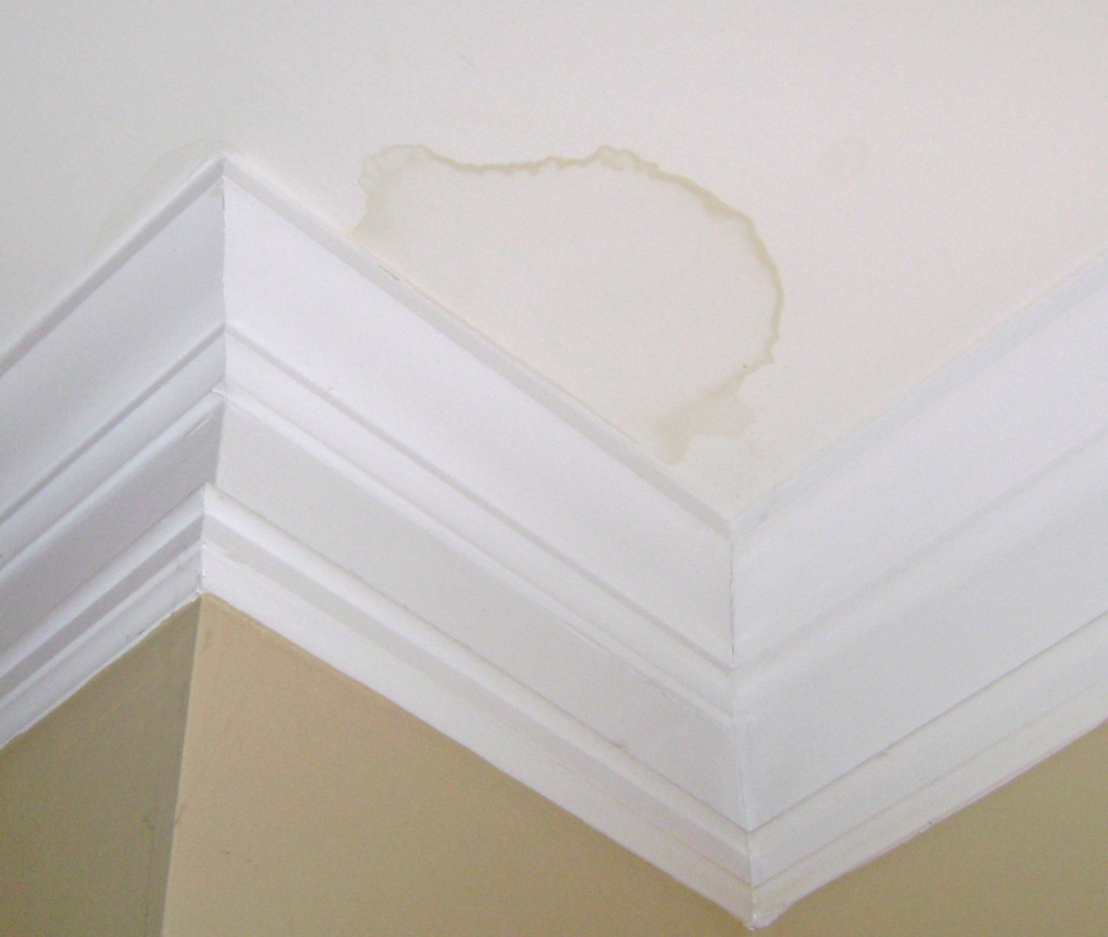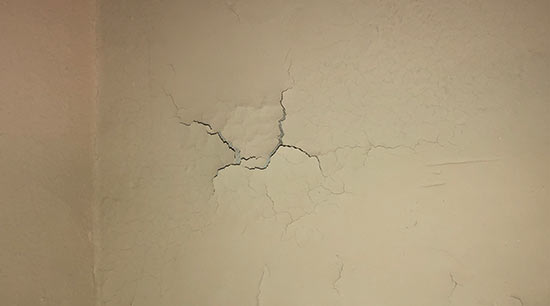From Detection To Correction - Managing Water Stains On Your Walls
From Detection To Correction - Managing Water Stains On Your Walls
Blog Article
We've stumbled upon the article on How to Find and Repair Water Leaking in the Wall listed below on the net and believe it made perfect sense to write about it with you on this page.

Water discolorations on walls are not enjoyable to the eyes. Your residence must be without spots on the walls, roofing, or floors. That is the suitable state of a home and also its structures. Yet, often it seems almost unpreventable to experience water stains on walls in residences.
Home owners living in humid regions regularly manage the fear of water discolorations on walls. But that doesn't need to hold true for you. With precise and also well-shaped info on the sources of water discolorations and prompt repair work processes, you will always be a step ahead of such occurrences. So, this short article guarantees to be a practical overview for you.
3 Typical Root Causes Of Water Spots on Walls
As opposed to popular belief, water stains on wall surfaces do not constantly come from bad building materials. There are several sources of water discolorations on wall surfaces. These include:
Damp
When hot wet air meets completely dry chilly air, it causes water beads to base on the walls of structures. When there is vapor from cooking or showers, this takes place in washrooms as well as cooking areas. The water droplets can tarnish the surrounding walls in these parts of your residence and also spread to various other areas.
Moist or condensation influences the roofing and wall surfaces of buildings. When the wall surface is wet, it develops an appropriate setting for the growth of fungis and microorganisms.
Poor Drainage
This will stop water from permeating into the wall surfaces. This web links to excessive moisture that you notice on the walls of your structure.
The leading cause of damp wall surfaces, in this case, can be a bad water drainage system. It can also be because of inadequate management of sewer pipelines that run through the building.
Pipeline Leaks
Many houses have a network of water pipelines within the wall surfaces. It always enhances the feasibility of such pipelines, as there is little oxygen within the wall surfaces.
Yet, a disadvantage to this is that water leakage affects the walls of the structure and also triggers extensive damages. A dead giveaway of damaged pipes is the look of a water tarnish on the wall surface.
Pro Pointer
A houseplant in your house additionally increases its humidity. If the house is already humid, you may want to introduce houseplants with minimal transpiration. An example of suitable houseplants is succulents.
Water Stains on Wall: Repair Work Tips
Property owners would typically desire a quick fix when managing water discolorations. They would certainly quickly recognize this is counterproductive as the water stains recur. Right here are a few helpful pointers that will lead you in the fixing of water spots on walls:
Final thought
Although nobody wants to have water discolorations on walls in their residence, it can occur to the best people. This article offers you leverage, as you currently understand how to manage this incident if it does occur.
It is constantly best to hire professional solutions to assist repair the problems in your house.
In some cases it seems almost unpreventable to experience water spots on walls in residences.
Contrary to preferred belief, water discolorations on wall surfaces do not always stem from inadequate building products. There are numerous causes of water discolorations on wall surfaces. The water droplets can discolor the surrounding wall surfaces in these parts of your residence as well as spread to various other areas.
Here are a couple of handy suggestions that will certainly direct you in the repair service of water stains on walls:
CHECKING FOR WATER DAMAGE
Water damage can be costly, and it may begin before you even notice the first signs of trouble. Water damage can cause mold and mildew in your walls and floors, which can create an abundance of health concerns for your family. It can also lead to costly repairs of various appliances and general home fixtures. To avoid the pricey consequences of water damage, here are Warner Service’s top 5 places you should check:
The walls – The easiest place to spot the beginnings of water damage is on the walls and ceilings of your home. If water damage is present, there will most likely be water stains, especially around the windows and doorframes, and/or cracks in the drywall. If a stain looks unusual (discolored to brown, black or gray, raised texture), has a swollen appearance or is soft to the touch, contact a professional immediately. The pipes – To avoid water damage, consistently check the pipes in your kitchen (especially the dishwasher and ice maker), bathrooms, laundry room (specifically washing machines) and basement for corrosion, leaks and water stains. Pay special attention to where the pipes connect in your home and the location of caulking around the bathroom fixtures, including toilets, sinks, showers and tubs. Missing or loose caulking and grout could be signs of leaking water. This seepage can also quickly cause mold and rust, so double check your water heater and tank for wet spots on the floor. The floor – Water damage is very easy to spot on the floor. Look for any warping or buckling of the material, especially in the basement. If your home has wood flooring, look for bright white or dark stains. If your home has carpeting, keep it dry and clean. A damp carpet that smells of mold could cause water damage and health problems. To avoid this, consider installing floor pans under your appliances to help prevent damages from small, slow and undetected leaks. The basement and attic – If your basement or attic smells odd check for mold and mildew around the area, especially the valley where the roof meets. While you are inspecting those areas, check for wall cracks, floor stains, rust and dampness in the insulation. If you live in a colder and/or rainier climate, perform routine checks for water damage from melting snow or ice and rain. The exterior – Check the roof for damaged flashing and missing, cracked or curled shingles. There should also be no standing water anywhere outside your home. This could be caused by puddles, leaky rain gutters or hoses, poor drainage, or short gutter spouts. Invest in a sump pump system or water flow monitoring system, and perform routine maintenance on these outdoor appliances to avoid indoor water damage.

We were made aware of that report about Indicators of Water Damage Behind Walls from an acquaintance on another web address. If you please set aside a second to promote this blog if you enjoyed it. Thanks so much for going through it.
Information
Report this page